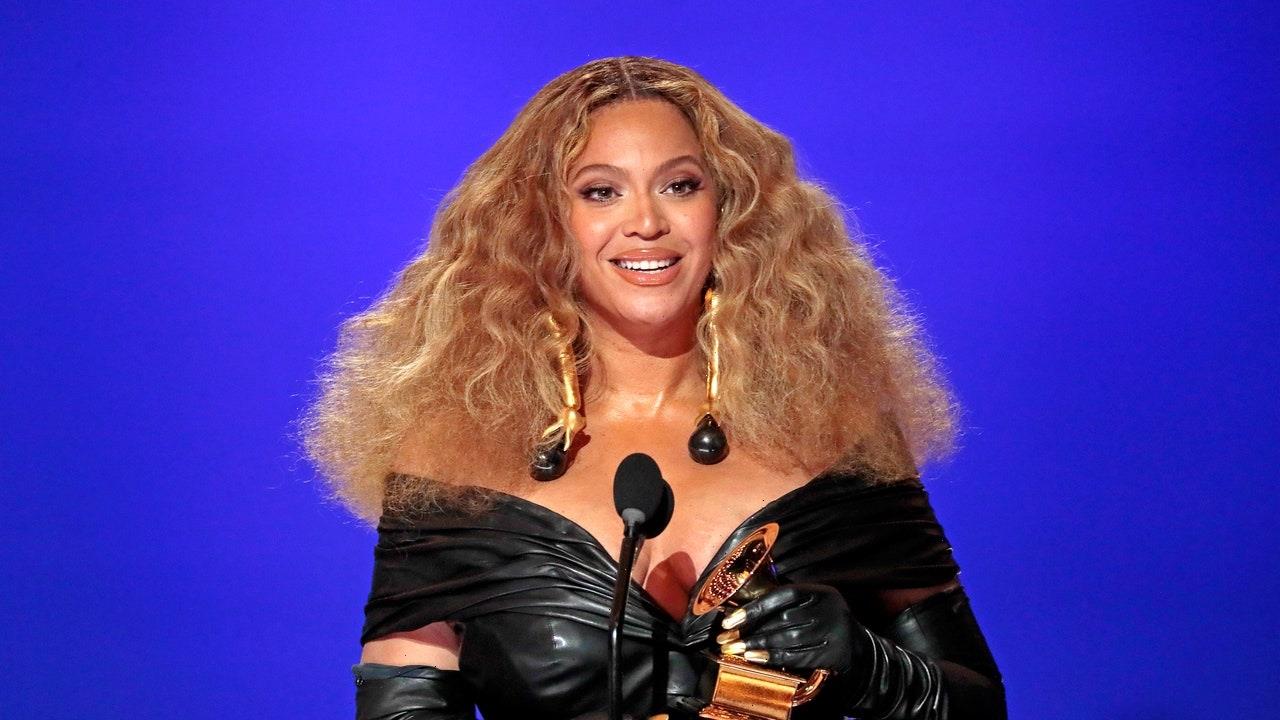Over the past year and an half, during a time of forced isolation and intense social and political upheaval, we’ve been forced to reflect on who we are and what we stand. For many creatives, this uniquely intimate period has yielded some of their most contemplative and candid work yet, as demonstrated in a new show at New York’s International Center of Photography.
On view from September 24 through January 10, 2022, Inward: Reflections on Interiority marks the museum debuts of five emerging Black photographers who were asked to look within and capture their interior lives using only an iPhone, arguably today’s most personal photo-making tool. Curated by Isolde Brielmaier, the ICP’s curator-at-large and newly appointed Deputy Director of the New Museum, the exhibition showcases striking compositions by Djeneba Aduayom, Arielle Bob-Willis, Quil Lemons, Brad Ogbonna, and Isaac West.
“The revealing new photographs explore intimate thoughts and personal relationships with great honesty, as the artists delve deep into the new reality and challenges of our contemporary lives at a time of global introspection,” Brielmaier explained in a press release.
Each of the artists chose to work primarily in portraiture, with most turning their lenses on themselves and their loved ones. But Arielle Bob-Willis, whose inspirations include painters like Jean-Michel Basquiat, Jacob Lawrence, and Gertrude Morgan, decided to take an abstract approach and capture herself without appearing in a single photo.
Bold and jubilant, her images demonstrate the escape she finds in photography as someone who has struggled with lifelong depression. “Once I let go and started to get to know myself [as a photographer], that’s when I actually started to see myself in my work,” she explains. “Photography makes me feel the most; it makes me feel beautiful,” she continues. “A lot of times I censor myself, but when I’m shooting, I don’t hold anything back—it’s just fun to let go.”
During the pandemic, Bob-Willis moved from her native New York City to Los Angeles, only to feel creatively stunted and “a bit lost,” as she says. “Having depression from a young age, you get to know yourself and what is helpful to make you feel better.” For her, that meant traveling to New Orleans, where her mother is from, and then to Union City, New Jersey, where her dad currently resides, and photographing subjects in both cities wearing 99 cent store finds. Honoring where she comes from and where she’s been is a grounding principle of her practice. “Throughout my work, the theme is the duality of being healed,” she says. “You’re stronger and you moved past something, but you still remember what happened.”
Both Isaac West and Brad Ogbonna were inspired by those closest to them. West’s series, Love 2021, shot in his signature high-contrast style, shows him and his girlfriend, Naima, performing seemingly mundane acts of devotion for one another. In one, West gives Naima a haircut; in another, she serves him food. Together, the compositions illustrate a larger message of love, care, and commitment.
Ogbonna, whose work examines the Black experience both in America and abroad, honors his Nigerian heritage in a series of portraits taken of his family, friends, and himself. Shot in the tradition of some of West Africa’s most influential photographers like Malick Sidibé, Meissa Gaye, and Seydou Keïta, the black-and-white images were inspired by his late father’s childhood photo albums. They pop with graphic textile patterns and checkered and zebra-print flooring.
Shot in February, Quil Lemons’ series, Daydreams, 2021, explores the intersection of his identities as both a gay and Black man and serves as a means of self-validation in a world where their coexistence can be fraught. “It’s about accepting sexiness and desire and understanding that my body is something that is loaded with a lot of politics that I have no control over,” explains the artist, who in March became Vanity Fair’s youngest cover photographer at age 23 for his buzzed-about Billie Eilish spread. “That echoes back to what it is to be Black in this country,” he continues, “but my queer world and my Black world can’t really coexist together. It’s ostracization on both sides.”
The first in the series, a close-up of Lemons’ face framed by inky rocks and sand, speaks to the concept of death and how “that’s just been associated with my life, long before I was even born,” he explains. “That gets doubled down on when you think about like what it means to be queer post -AIDS.” The remaining three images, replete with lush velvet backgrounds and rich jewel tones, feel almost cinematic. “Knowing how to light Black skin has been a big conversation in 2020,” says Lemons, who seeks to build on the legacy of filmmaker and director Hype Williams. “I wanted to play around with showing the beauty of Black skin; it’s so malleable.”
Although it doesn’t appear in the ICP show, Lemons created a video alongside his photo series that, as he explains, “invites the viewer into my interior space through the intimate perspective of my baby brother.” Shot entirely on the new iPhone 13, Daydreaming captures the boy running around his house, which appears to be a fantastical play land with a surprise around every corner. “He nabs my new phone and takes the viewer along a journey through the world which we call home,” continues Lemons. “This world is full of characters—family and friends alike—all of whom were a driving force behind my inspiration.”
Sitting in solitude and digging into her innermost realm came naturally for Djeneba Aduayom, a self-proclaimed introvert who often feels overwhelmed by the outside world. Her work in the exhibit is comprised of self-portraits framed with the help of an Apple Watch, as well as close-up studies of various objects. The images are defined by the interplay of textures, shadow, and light, which represents the complexity of her emotional landscape. “When you’re an introvert, everything that happens in the world really pushes you into extreme things,” she explains. “Everything has an emotion for me. There’s shadow and light. There is grainy. There is soft. There are holes, which are like moments of despair,” she continues, referencing a photo of a decaying palm leaf with the constitution of Swiss cheese. “If you look at the color, the texture, the shadow, the light—it’s all layered, and that’s what makes it me.”
A former dancer who was forced to quit after enduring a devastating accident, Aduayom references Martha Graham’s 1987 masterwork Persephone, which featured stretchy, amorphous costumes designed by the legendary American designer Halston, in one collection of portraits. “When I’m inside by myself and something happens, that’s how I feel,” she notes. “I feel like I’m battling something, and I want to hide, and I’m pushing the walls of that fabric in my head. It’s a representation of the struggle on the inside.”
Source: Read Full Article







